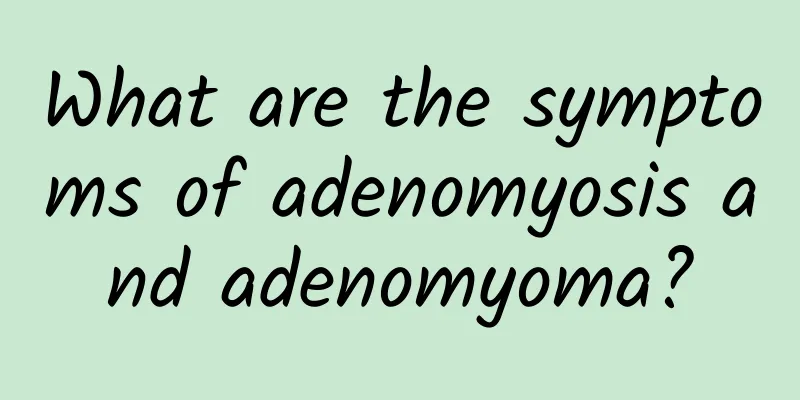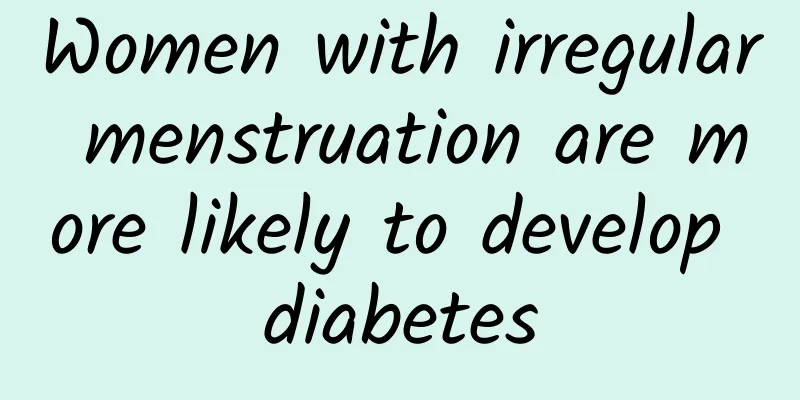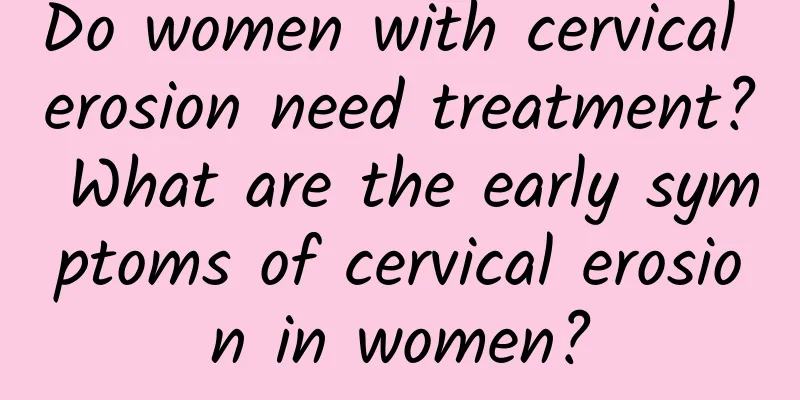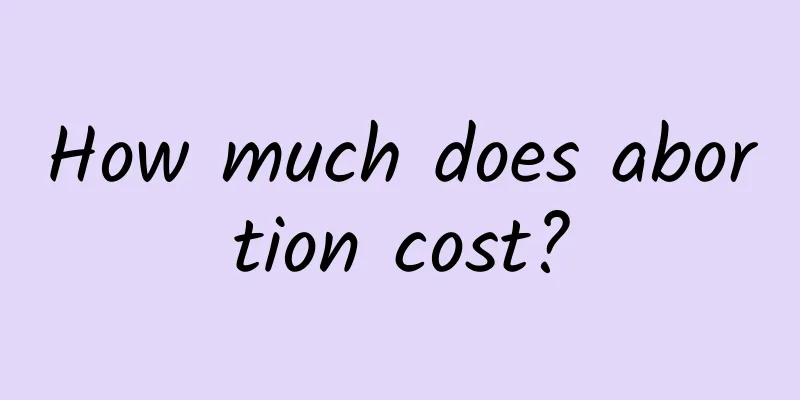What are the symptoms of adenomyosis and adenomyoma?

|
The main symptoms of adenomyosis and adenomyoma are menstrual abnormalities, unbearable menstrual pain, and infertility. These symptoms may vary in severity and require prompt medical evaluation based on the specific manifestations. Adenomyosis is a benign disease caused by the invasion of endometrial glands and stroma into the myometrium. The main symptoms include abdominal pain during menstruation. The pain usually gradually intensifies from one or two days before menstruation and reaches a peak during menstruation. It is accompanied by increased menstrual flow and prolonged menstruation. Some patients may have dyspareunia or chronic pelvic pain. Uterine adenomyoma is a localized proliferation of adenomyotic nodules on the basis of adenomyosis. The symptoms are similar to those of adenomyosis, but the pain may be more localized and the enlargement of the uterus is usually more obvious. Some patients may not have obvious external symptoms, but infertility caused by the above diseases often makes them aware of health problems. Adenomyosis is a benign disease caused by the invasion of endometrial glands and stroma into the myometrium. The main symptoms include abdominal pain during menstruation. The pain usually gradually intensifies from one or two days before menstruation and reaches a peak during menstruation. It is accompanied by increased menstrual flow and prolonged menstruation. Some patients may have dyspareunia or chronic pelvic pain. Uterine adenomyoma is a localized proliferation of adenomyotic nodules on the basis of adenomyosis. The symptoms are similar to those of adenomyosis, but the pain may be more localized and the enlargement of the uterus is usually more obvious. Some patients may not have obvious external symptoms, but infertility caused by the above diseases often makes them aware of health problems. Treatments for adenomyosis include drug therapy, such as progesterone drugs (such as dienogest), GnRH agonists (goserelin), etc. These drugs can inhibit the activity of endometrial cells and relieve symptoms. For patients who are not effective in drug treatment or have fertility needs, physical therapy such as uterine artery embolization can be selected to reduce the blood supply to the lesion. Severe cases require surgical treatment. Adenomyomectomy can be selected while retaining the uterus. If childbearing has been completed and the symptoms are severe, hysterectomy is a radical method. Patients can usually supplement foods rich in iron and vitamin C, such as spinach, beef, citrus, etc., to prevent anemia caused by excessive menstruation. At the same time, it is recommended to have a regular lifestyle and avoid staying up late to reduce the interference of negative emotions on the endocrine system. |
<<: How long does it take to get pregnant again after a miscarriage?
>>: How do you know the cause of pelvic inflammatory disease?
Recommend
Can abortion be performed on the same day? What women should know before abortion
Painless abortion is an option for many women aft...
Will frequent sexual activity lead to cervicitis? What are the common methods to fight cervicitis?
Cervicitis is a common disease in women of childb...
These changes in a woman's body indicate that you are about to enter menopause. Here's how to delay menopause
Women are the spiritual pillars of a family and t...
How to treat irregular menstruation at 45 years old? 9 foods to eat for irregular menstruation at 45 years old
Menstruation is a normal physiological cycle for ...
What causes pelvic inflammatory disease after childbirth?
Postpartum is an important recovery period for wo...
Are the symptoms of uterine fibroids obvious?
In today's society, there are more and more d...
Is endometrial tuberculosis contagious?
Is endometrial tuberculosis contagious? Endometri...
What are the traditional Chinese medicines for regulating amenorrhea?
What are the traditional Chinese medicines for re...
Eating too much will make you fat, eating too little will make it difficult to lose weight! Master these 2 secrets and starch is just the right amount for weight loss!
"If you want to lose weight, you must first ...
What to eat to eliminate uterine fibroids What medicine is effective for uterine fibroids
Uterine fibroids are common benign tumors of the ...
Is it normal to have large blood clots during menstrual bleeding?
Is it normal to have large blood clots during men...
How much does Bartholinitis surgery cost?
Bartholinitis is a serious disease that troubles ...
How can women prevent pelvic inflammatory disease?
Prevention of pelvic inflammatory disease has bec...
Analysis of the causes of amenorrhea
According to traditional Chinese medicine, the ca...
Bloating, frequent farting... irritable bowel syndrome is causing trouble! Low-calorie pineapple, grapefruit, and kiwifruit: 3 enzymes to reduce sensitivity
The high calorie count of Mid-Autumn barbecue is ...









